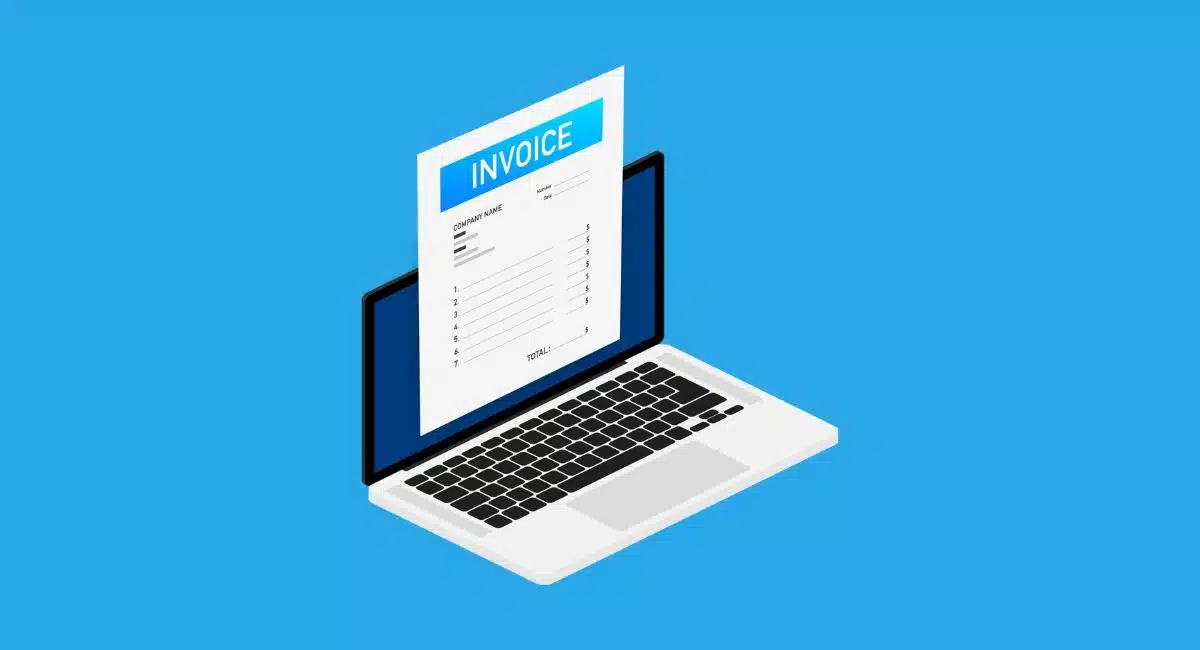Whether you’re navigating VAT invoicing for the first time as a new business or engaging with new international clients, understanding each and every component of a VAT invoice can prove to be challenging. This article will take an in-depth look into the realm of UK VAT invoicing, aiming to shed light on the subject and resolve any uncertainties you might be dealing with.
What is a VAT Invoice?
A VAT (Value Added Tax) invoice is an official document issued by a registered business to its customers for goods or services provided. It serves as evidence of a transaction subject to VAT. The invoice includes essential details such as,
- The supplier’s and recipient’s information
- A description of the items or services
- Quantities
- Prices
- Applicable VAT rates
This document helps in tracking and reporting VAT obligations, allowing businesses to claim input tax credits on purchases and facilitating compliance with tax regulations.
When is it necessary to issue a VAT invoice?
Only businesses that are registered for VAT are allowed to create VAT invoices. If your business is VAT-registered, it’s required to provide a VAT invoice whenever you sell goods or services at the standard or reduced VAT rates to another business that is also VAT-registered. Typically, this invoice should be issued within 30 days from the date of the transaction.
What needs to be shown on a full VAT invoice?
In the UK, a full VAT invoice must include the following:
- Unique sequential number
- Supply time
- Document issuance date (if different)
- Supplier’s name, address, and VAT number
- Recipient’s name and address
- Clear goods/services description
- Quantity and VAT rate for each item, amount payable (excluding VAT) in any currency
- Total payable amount (excluding VAT) in any currency
- Cash discount rate (if applicable)
- VAT total in GBP
- Unit price
- Explanation for zero rate or exemption
Are there other types of VAT invoices?
There are two other types of VAT invoices in the UK known as simplified and modified invoices.
A modified invoice is only used for retail sales of over £250. It needs to include all the same details as a full VAT invoice but also show the total amount including VAT.
Simplified invoices, on the other hand, can be issued if the amount is under £250. It needs to include the following information;
- Name
- Address
- VAT registration number
- A description of the goods/services
- Total amount payable, including VAT (in GBP)
If the amount is over £250, the simplified invoice will need to be invoiced in full.
A closer look at the tricky parts of a VAT invoice
There may have been some parts of the VAT invoicing requirements that seem a little tricky to understand. Below we take a closer look at some of the aspects of the invoice you’ll need to know;
Zero-rated and exempt items – What’s the difference?
In the context of VAT invoicing in the UK, the terms “zero-rated” and “exempt” refer to specific categories of goods and services that have different VAT treatment.
Here’s the difference between the two:
Zero-rated items
Zero-rated items carry a 0% VAT rate, though VAT is applicable. No VAT is levied on their sale, yet businesses must show VAT on invoices. They can recover input VAT on such supplies.
Here are some examples of zero-rated items in the UK;
- Most food
- Children’s clothing
- Books
- Newspapers
- Equipment for disabled people.
Exempt items
On the other hand, exempt items lie entirely outside VAT scope. No VAT is imposed, and businesses can’t reclaim input VAT. Unlike zero-rated items, exempt items are excluded from VAT returns and must be clearly marked as VAT-exempt on invoices.
Some UK examples of exempt items include:
- Most healthcare services
- Financial services
- Specific education types
VAT invoicing and foreign currencies
When creating invoices using foreign currencies, the overall value of goods and services after deducting all costs need to be stated, for each specific VAT rate.
You’ll then need to change these foreign currency transactions into British Pounds (sterling). To help with this process, you have two standard options:
- You can use the selling rate in the UK market that applies at the time of supply. It’s perfectly fine to refer to rates published in newspapers that circulate nationally.
- You can consider using the exchange rates provided by HMRC, which are known as the ‘period rate of exchange’.
Electronic VAT invoices through invoicing systems
Electronic VAT invoices are accepted in the UK under regulations by HMRC and are used to enhance business efficiency and reduce paper consumption. Be noted, there are guidelines that need to be followed in order to ensure validity.
If you have sent paper invoices to a customer previously, you need to seek their specific approval to switch to electronic invoicing. Other than that, the requirements for paper and electronic invoices are the same.
Using an invoicing software might not not answer all your questions, but they will certainly make VAT compliant invoicing much easier. The majority of available software apps specifically for the UK have been set up to calculate invoicing rates set by HRMS. That being said, invoicing software still requires you to confirm some of the settings for VAT invoices, meaning that you are not off the hook completely.
While it’s essential to be aware of your overall requirements of VAT invoicing, the software available today does the vast majority of the hard work for you and should be a must-have tool for any business sending more than a few invoices monthly.




